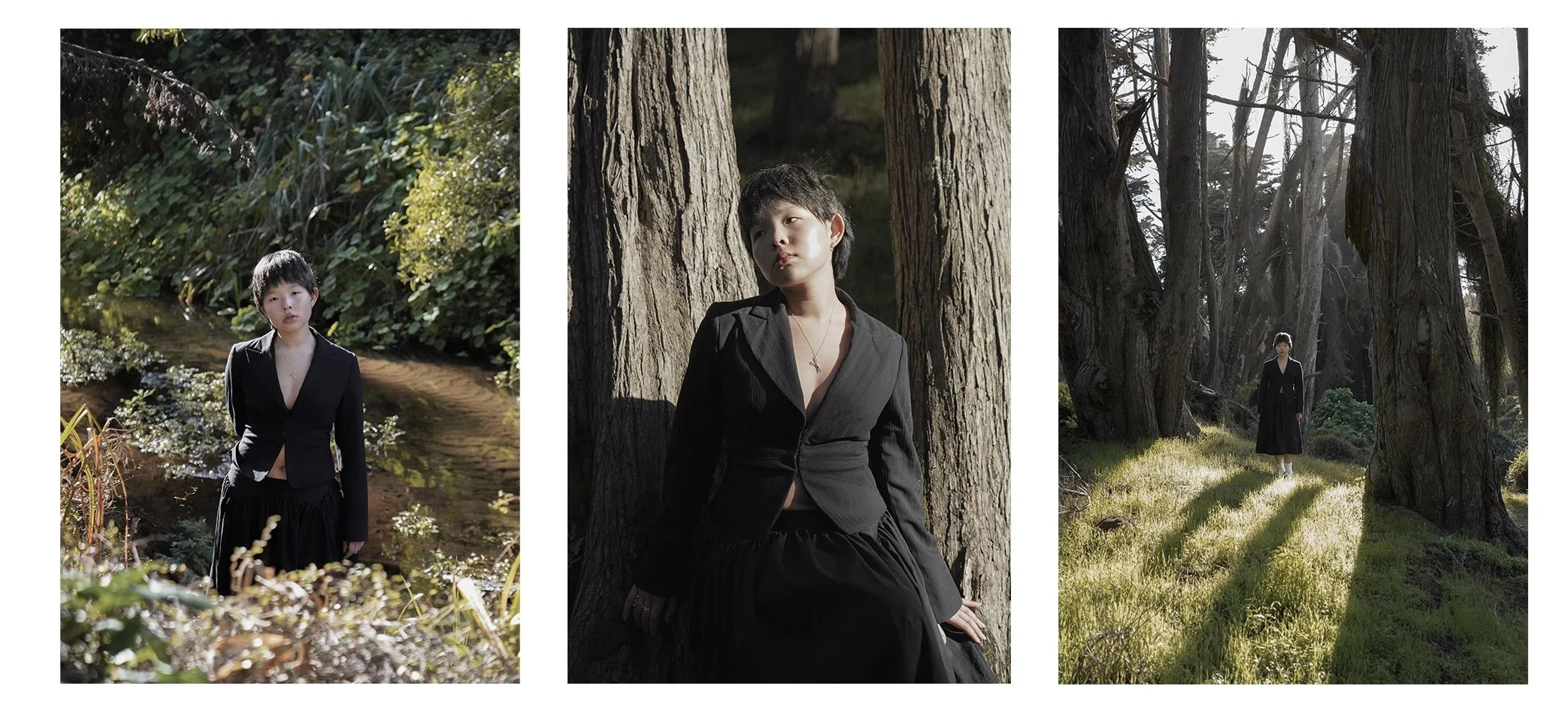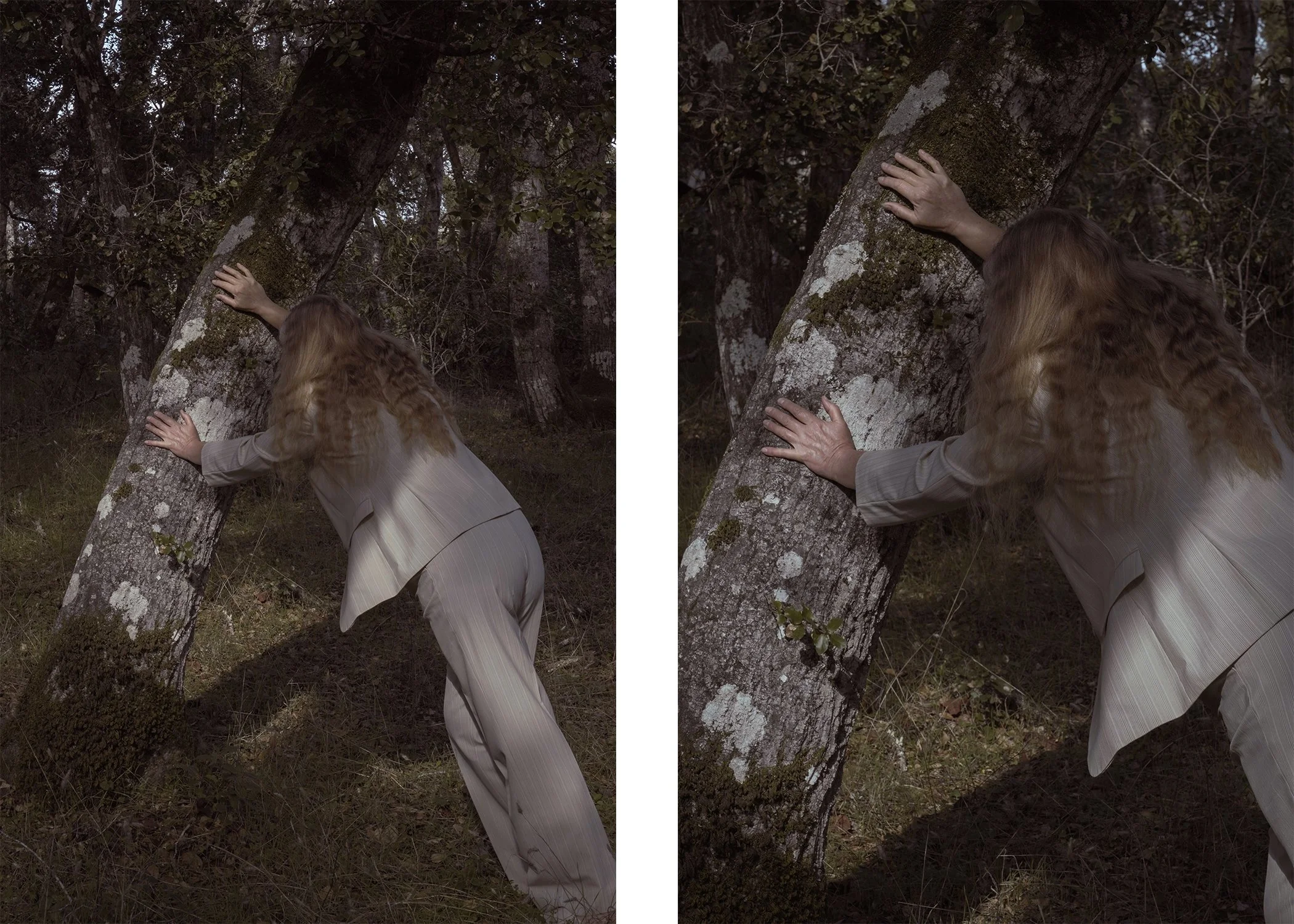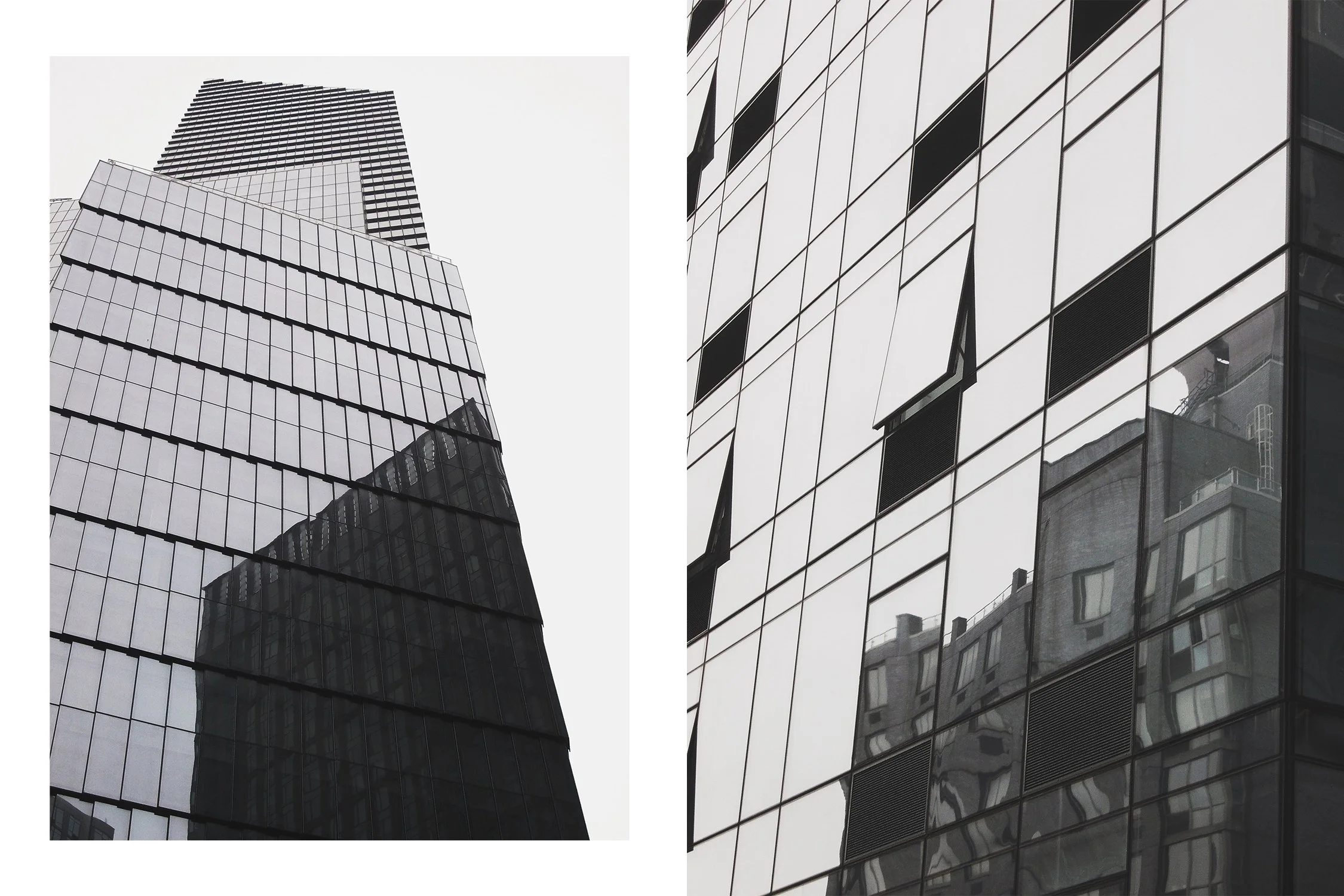“From the Ashes of the Past Self”
“From the Ashes of the Past Self” explores the natural tendency to avoid self-improvement.
In a constant state of attachment to who one is and detachment from who one was, many cannot face the loss of change; impeding their natural growth, they refuse to let the old version of themselves go. They repeat mistakes, indulging in the comfort of consistency in an ever-shifting world. But moving against the tide brings only pain as those around them change and leave, no longer in tune with each others’ energetic vibrations.
Believing in one’s perpetual perfection protects the self from the brutal truth; one’s self-importance resists any attempt to face its flaws, although conscious awareness could inspire change and growth. The mind manipulates the story, painting itself as the victim and others as the perpetrators, unwilling to see its faults, failing to meet its true reflection’s eye.
The failure to acknowledge one’s faults morphs from a mere habit to a personality trait, becoming who they are within, unwilling to change with the truth too painful to endure. One could end this internal conflict by participating in a complete rebirth, a new self-arising from the ashes of the past self’s death, but why would anyone voluntarily choose this agonizing transformation unless they have no choice?
The mind cannot disregard the fading of time, forcing minor transformations along the way, as survival rests on the ability to change and adapt to new environments. A significant shift in reality can pressure the self to see itself entirely. Once the self experiences complete, uncomfortable awareness, it cannot turn back, with only two options left: to sit in the excruciating pain or heal the long-suppressed and hidden wounds.
“From a Distance: a Demise”
“From a Distance: a Demise” examines the conflicting nature of wanting but being unable to change the core from which another’s behaviors stem.
Moving along the thread of another’s thoughts to find a pattern, one begins to see the underlying reason for the destructive behavior, a familiar motive unveiled with every move. Seemingly unrelated at the surface, they all originate from the same source deep within, like thousands of branches splitting endlessly, all beginning at the trunk: the core determining the nature of its extremities.
Not visible to the naked eye, the roots disperse below the trunk, providing nutrients needed to survive; the processes below determine the branches’ state. Socialization, family dynamics, and mental stability all form and solidify the individual’s being; external circumstances shape thoughts, belief systems, and who one is within, dictating all behavior. Understanding the inner workings contributing to the formation helps identify the core, finally seeing the misalignment of one’s perspective of reality and what it truly is.
A hopeless attempt is pushing the tree, aiming at the parts we see, remaining stagnant as all below the surface maintains its sturdy stance. Hopeless to believe in change when addressing one’s behavior: the last step of a long thread of hidden motivations.
An individual’s mechanisms deep down cannot be breached without an invitation, averting all who challenge it; one cannot help unless the other is open to such vulnerability, allowing the intrusion.
Emotionally tied and hurt by the other’s harmful words, feeling all the other does, hearing the silent battles, would one remain or walk away, observing the demise of their attachment, a part of them separating from the other, and finally ending the turmoil within?
“Past and Present Self”
“Past and Present Self” attempts to remedy the relationship one has with oneself, ending the cycle of competition.
As the present subsides into the past, the feelings of inadequacy return, seeping back through the cracks of the self. Disappointment invades the space until one surpasses past successes, temporarily lessening feelings of unworthiness.
When viewing the past and present as separate entities out-competing one another, past achievements become a threshold one must rise above – a never-ending cycle with only one option to outdo oneself.
Struggling to reach an outcome where one cannot dismiss their progress, the end is always out of sight, blocked by a never-ending list of improvements waiting to be met.
A conditional relationship begins, only expressing love and appreciation when celebrating success. All past achievements drift from exceptional to flawed: a pattern deemed to continue unless one finds the cause.
The origin is a mere reflection of the competitive nature of one’s environment. In the developmental stages, surrounded by unattainable criteria for success, a deep-seated belief of one’s intrinsic flaw manifests. Instead of seeing the toxicity of society’s structure, one turns inward, beginning this never-ending competition cycle, viewing oneself as the enemy, someone to beat, because failing to do so revives past feelings of disappointment.
It is not the desire to succeed that is the issue; it is how one views oneself: self-worth gained solely from external achievements, desiring to defeat the past instead of appreciating its contributions.
Society’s structure cultivates competition, basing self-worth on measurable metrics, organizing our reality, attempting to control what we believe we deserve, propagating a culture of consumerism, and ensuring capitalism’s survival. Internalizing such beliefs, we view ourselves from an objectifying lens — only feeling worthy when producing and succeeding: a belief the subconscious begins to mirror.
Understanding the tendency to reflect external circumstances, one can see where the culprit of competitive mindsets resides. Through awareness, a process begins — replacing the belief system, noticing and reforming its habitual stream of thoughts, and molding oneself to fit a different reality, one free of this competitive nature, mending the relationship between the past and present self.
“Distorted Reflections”
“Distorted Reflections” explores the complex process one must undergo to understand another’s inner world.
Observing another’s responses, a pattern of behavior becomes clearer over time. One can see the external expressions of their inner world, sensing how they will react to any circumstance. However, this process has limitations; while successfully predicting one’s visible reactions, the unsaid thoughts and motivations remain strategically concealed.
One’s own internal world, existing in layers of experiences and lessons, prevents them from seeing anything untouched by these preconceived notions, keeps them trapped in their systemic thinking, and withholds them from fully understanding another’s inner world.
When one fails to free oneself of the layers obscuring their judgments, they project their emotional capabilities onto others, naively believing everyone feels the same as them. They fail to separate themselves from others, assuming all have the same emotional capacities and triggers; they battle with their own reflection, enduring a pointless struggle, misrepresenting what the other truly feels.
Some protect their grandiose self-image by manipulating the story, failing to see the truth stabbing at their self-importance. One must fully embody this mindset to see this individual’s inner world. If one fails to do so, they will imagine an inaccurate portrayal of the other’s thought processes, instead seeing themselves in the other’s place and feeling the pain the individual avoids to protect themselves from harm.
To truly understand another person’s inner self, one must leave their preconceived notions of what the other feels behind, through an intricate understanding of their behavior, slowly seep into their subconscious mind, and only then feel what the other truly does.
“A State of Being”
“A State of Being” redefines the idea of control as an attempt to escape its tightening grip.
Nature does not exist for me; in complete unconsciousness of my presence, it maintains its flow through the constant current of waves and the sculpting of figures in the sky. With nothing forced, everything comes freely, untainted by one’s presence. The same is asked of the bystander: if one is overly determined to fulfill a preconceived idea, one can miss the intricate moments of nature’s being. Here lies an unspoken agreement: an agreement to release control, indulge in detachment, and participate in a flow state.
Ingrained societal standards and external expectations make this “release of control” a difficult ideal to embody. They propagate the belief that control is everything, the end goal, and the determinant of success. This ruthless idea seeps into other areas of life, including nature, disturbing its existence, which may otherwise be untouched if not for humanity’s greed. Despite this, nature finds ways to survive around these barriers; similar are my attempts to redefine control and find ways to escape its crushing weight.
Stuck between the need to control and the desire to let go, I can feel its grip loosening when I am in a state of creativity as I define my own purpose, guided by pure intuition, uninfluenced by anyone but myself.













